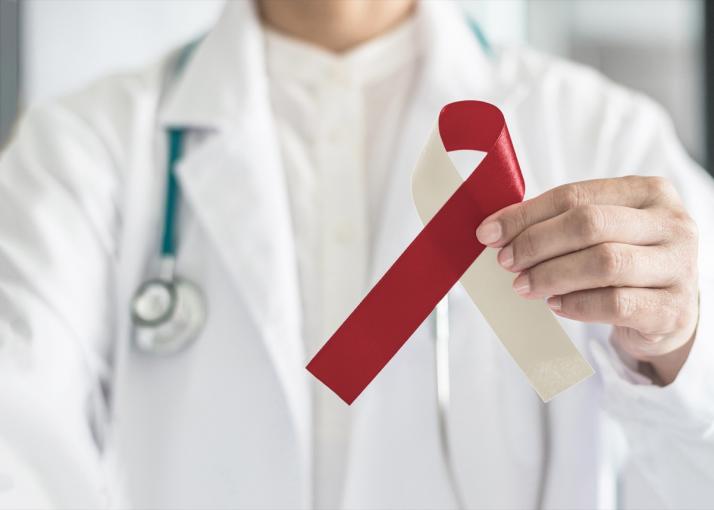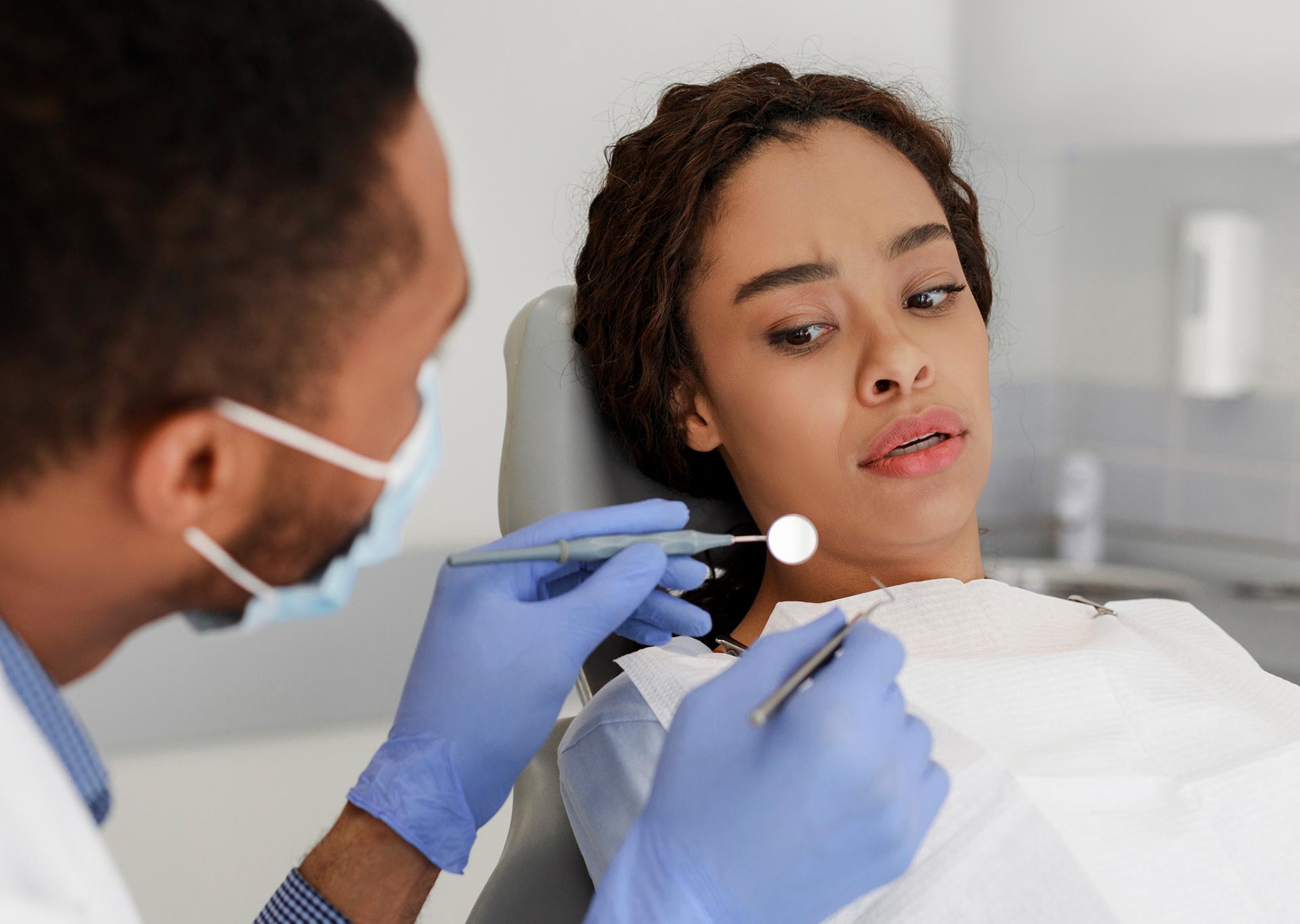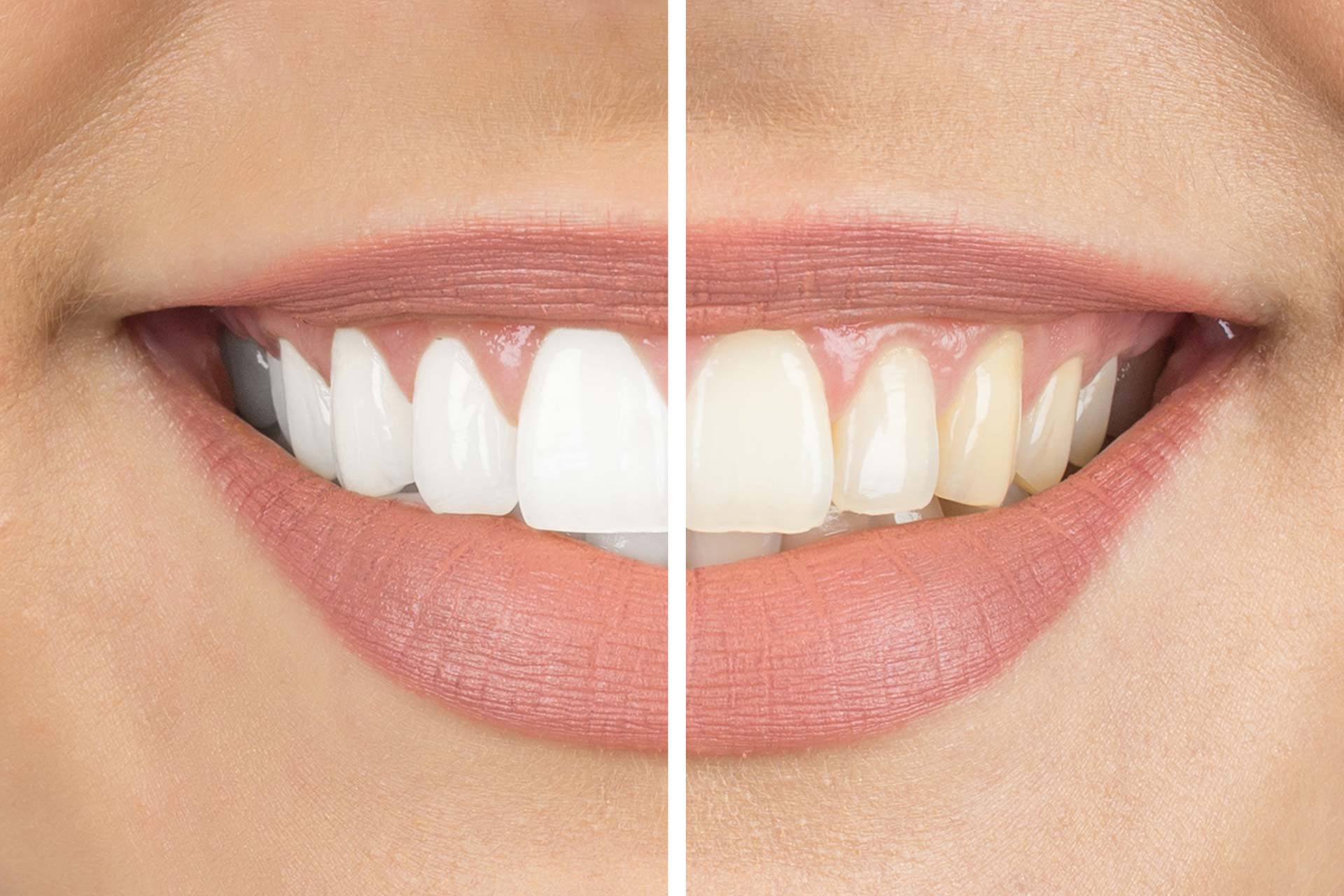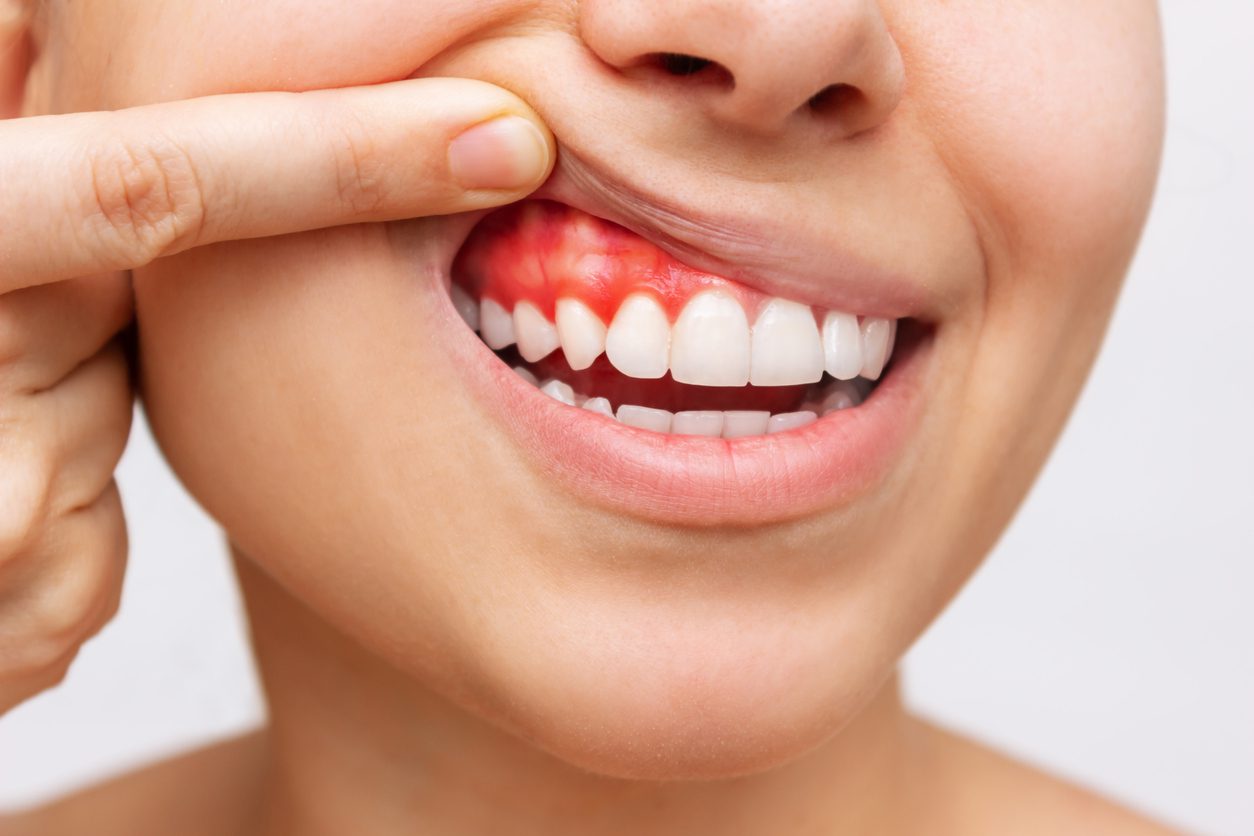Head and neck cancer, which includes oral cancer, is among the top ten most common types of cancer. Approximately 250 people are diagnosed with oral cancer in New Zealand each year. While most cases will be treated successfully, oral cancer needs to be detected early to maximise the chances of successful treatment. Early detection is crucial as oral cancer treatment can hugely affect someone’s life. When people are diagnosed with oral cancer during the later stages and get treatment, day-to-day living can be very difficult as they will have to deal with the effects of oral cancer treatment impact how they speak, chew, swallow, and how they interact socially. Thanks to available modern technologies, there are ways to improve the diagnosis of patients with oral cancer. Naenae Dental Clinic works hard to stay on top of cutting-edge dental care solutions, which is why we use Velscope – an innovative tool for oral cancer diagnosis. Here, we will be looking into Velscope and diving into how this light-based detection system helps us, and many dentists around the world, provide accurate and timely diagnosis
What is Velscope?
Velscope, or the VELscope® Vx Enhanced Oral Assessment System, is a wireless handheld device that uses natural tissue fluorescence to enhance our ability to detect abnormalities in the mouth that are often invisible to the naked eye. It is considered the world’s most widely-used adjunctive tool for the visualisation of tissue abnormalities in the mouth, as it is convenient, easy-to-use, and utilises simple and intuitive technology.How does Velscope work?
Unlike regular oral cancer screening, which involves visual examination for red, white, or black spots in the mouth, Velscope uses a superior blue light to excite molecules deep within the layer of our oral mucosal tissues, i.e. the mucous membrane lining the inside of the mouth. These excited molecules then emit their own light in shades of green, yellow, and red. The Veloscope’s proprietary filter makes fluorescence visualisation possible through blocking the reflected blue light and enhancing the contrast between the normal and abnormal tissue. Basically, Velscope allows dentists to detect dysplastic cells or cells that are just beginning to make their transformation into pre-cancerous cells through abnormal fluorescence patterns. Abnormal fluorescence patterns may arise from a number of causes, including:
-
-
Increased metabolic activity in the epithelial tissue
-
-
-
A breakdown of the fluorescent collagen cross-links in the connective tissue layer beneath the basement membrane
-
-
-
An increase in tissue blood content from inflammation or angiogenesis as haemoglobin strongly absorbs fluorescence excitation (blue light)
-
-
-
Presence of melanin or amalgam particles which absorb light
-
Through Velscope, the oral abnormalities that aren’t apparent or visible to the naked eye can now be detected. Moreover, surgeons are now able to determine the appropriate margins for surgical excision.
Dentists report excellent Velscope results
Reports and clinical experience prove that Velscope technology is a helpful tool in further examining oral health issues. Clinicians also report relative ease when the technology is incorporated into the dental practice as it can easily photo-document any suspect areas for possible surgical biopsy. The World Health Organisation Department of Essential Health Technologies recognises Velscope as an innovative medical device that addresses global health concerns that’s “likely to be accessible, appropriate and affordable for use in low- and middle-income countries.” This proves that the Velscope is an indispensable tool that helps improve oral health in a very cost-effective and user-friendly manner.
Risk factors & Oral health checkups
If you are over 40, you are at a greater risk of oral health cancer compared to other age groups. Genetic factors can lead to an increased risk of developing oral cancer. Moreover, it affects more than twice as many men as women. These risk factors are not within our control, so it is important that you make the time to attend to your oral examinations. Much like most other cancers, early detection is crucial. Studies show that the majority of oral cancers discovered in late stages have a survival rate of only 20 to 30 per cent. When discovered in early stages, however, the survival rate leaps to 80 to 90 per cent.
Preventing oral cancer
Smoking is often the most common culprit of oral cancer development. Drinking alcohol has also been identified as one factor that can contribute to increasing the risk of oral cancer. Sun exposure, on the other hand, can increase your risk for lip cancer. Quitting smoking, avoiding alcohol, and wearing sunscreen and lip balm every day are ways to decrease your risk of developing oral cancer.
Fight Oral Cancer
At Naenae Dental Clinic, we strive to provide the best possible service, and that includes accurate diagnosis. That’s why we are constantly investing in the latest dental care technologies. We urge you to follow your regular check-ups and exams to avoid costlier procedures. If you’re looking for the best dentist Lower Hutt provides, go to Naenae Dental Clinic. To learn more about oral cancer prevention, please feel free to talk to us and book an appointment today to receive an oral cancer screening.





